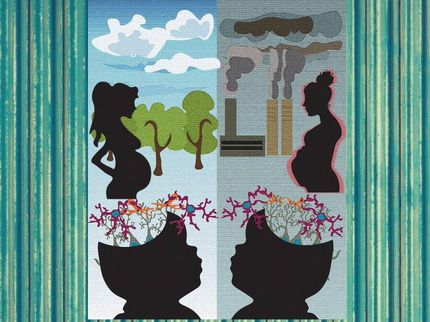Keeping algae from stressing out
Identifying pathways in algae that produce oil without killing them
Advertisement
While most people might know some algae as "pond scum," to the U.S. Department of Energy (DOE), they are tiny organisms that could provide a source of sustainable fuels. Like plants, they can convert light into energy-rich chemical compounds; unlike plants, they require less space and don't need arable soil to grow.
Some algae like Chlamydomonas reinhardtii (or "Chlamy," as it's known to its large research community) produce energy-dense oils or lipids when stressed, and these lipids can then be converted into fuels. However, researchers walk a fine line in not killing the goose that lays the golden eggs, in this case, stressing the algae just enough to produce lipids, but not enough to kill them. A team led by scientists from the U.S. Department of Energy Joint Genome Institute (DOE JGI) analyzed the genes that are being activated during algal lipid production, and in particular the molecular machinery that orchestrates these gene activities inside the cell when it produces lipids.
"We know how to stress the algae," said the study's first author Chew Yee Ngan of the DOE JGI. "What we don't know is how to keep the algae alive at the same time, until now."
Stressful searches
Until now, very little is known about the protein factor that can regulate lipid production. To find more of them, the team cultured Chlamy cells and starved them of nitrogen or sulfur, both of which are stress conditions to which Chlamy responds by producing lipids. They then analyzed the complex of DNA and proteins known as chromatin that define what genes are being activated, as well as the expression profiles or transcriptome, and compared these to non-stressed Chlamy cells.
"We're looking for changes in starved cells vs. cells that are happily growing," Ngan explained. Through careful analysis of genome-wide data sets, they narrowed down their search to identify two transcription factors that appeared to play a pivotal role in lipid accumulation, and then studied one of them, PSR1, in detail. "In studying the chromatin modifications, we can read out changes in the proteins bound to DNA on a genome-wide scale and then specifically target those genes whose regulation profiles are changed under lipid-producing conditions."
"The study also demonstrated how cells can be tricked into producing lots of lipid without dying of starvation by overexpression of PSR1, which is a strategy that could potentially be applied in other industrial algal species better suited for large-scale biofuel production," said study co-author Axel Visel, DOE JGI Deputy for Science Programs.




















































